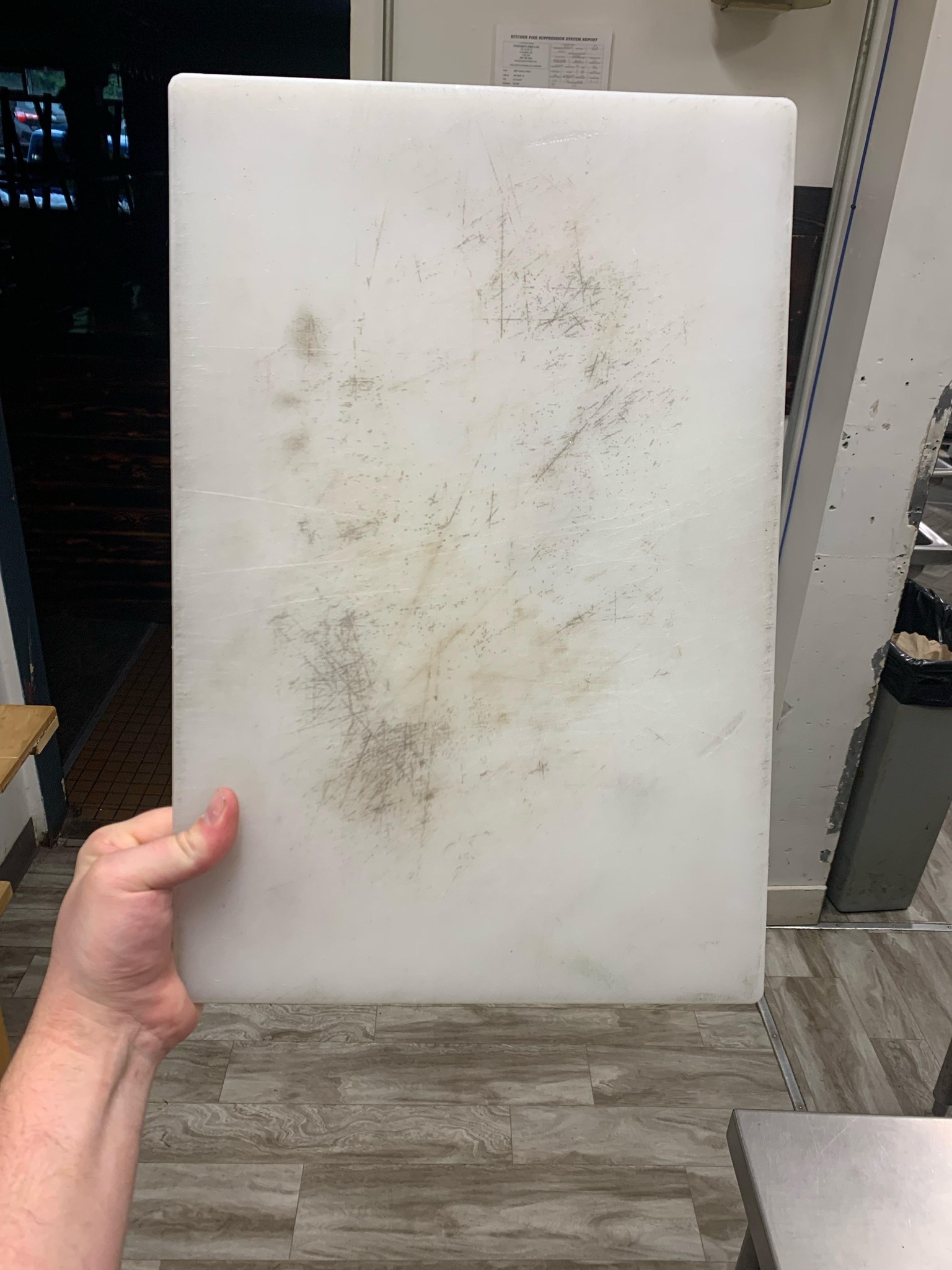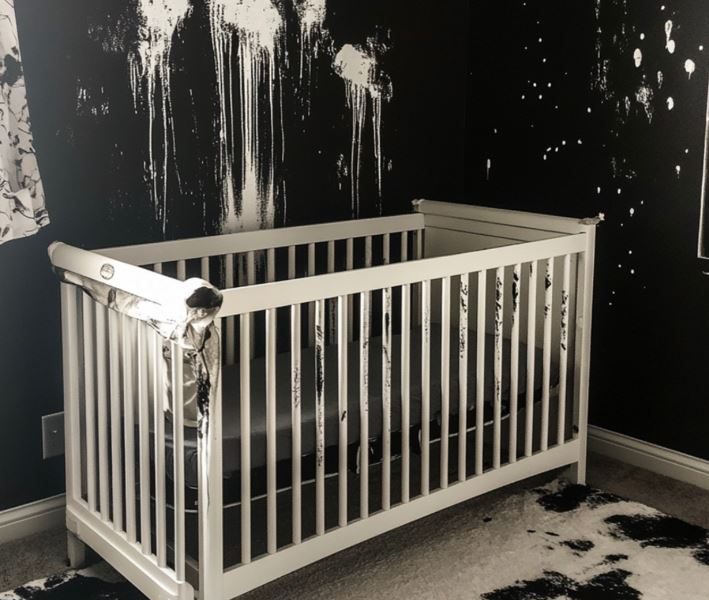Plastic cutting boards are a staple in many kitchens, offering durability and ease of maintenance. However, neglecting to properly clean these boards can lead to the buildup of bacteria, stains, and unpleasant odors. To ensure food safety and extend the lifespan of your cutting boards, it’s essential to establish a regular cleaning routine.
The simplest way to keep your plastic cutting board clean is to wash it immediately after each use. Start by rinsing the board under warm water to remove any loose food particles. Then, apply a few drops of dish soap and scrub the board thoroughly using a sponge or soft cloth. Be sure to focus on any grooves or cuts, as these can trap food residue and bacteria.
For tougher stains and odors, consider using a combination of baking soda and vinegar. Create a paste with baking soda and water, and apply it to the stained area. Use a scrubbing pad to work the paste into the stain, then rinse the board with warm water. Alternatively, you can spray white vinegar directly onto the board, letting it sit for a few minutes before rinsing.
If you prefer a more natural approach, lemon juice and coarse salt can be used to clean your cutting board. Sprinkle coarse salt over the board, then use a lemon half as a scrubber to work the salt into the surface. The acidity of the lemon helps kill bacteria, while the coarse salt acts as an abrasive to remove grime.
For deeper cleaning, consider using hydrogen peroxide. Pour a 3% solution of hydrogen peroxide into a spray bottle and spray the entire surface of your board. Let it sit for 5-10 minutes to disinfect thoroughly, then rinse with warm water and let air dry.
Many plastic cutting boards are dishwasher safe, making sanitizing a breeze. Simply place your board on the top rack of your dishwasher and run it through a regular cycle with your usual detergent.
To extend the life of your cutting boards, follow a few essential maintenance tips. Clean your board immediately after use, and use separate boards for raw meats and produce to reduce the risk of cross-contamination. Regularly inspect your boards for signs of wear, and replace them if you notice deep cuts, persistent stains, or odors.
By following these simple cleaning techniques, you can keep your plastic cutting boards hygienic and in excellent condition. Regular cleaning not only protects your food from harmful bacteria but also extends the life of your cutting boards, keeping your kitchen fresh and ready for your next meal.


